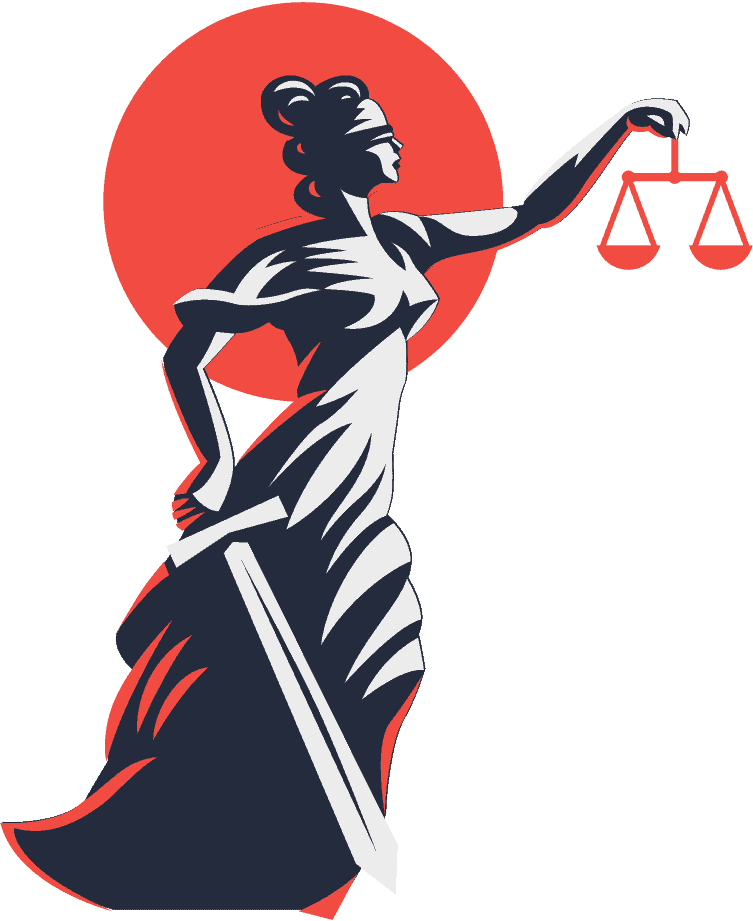Bankruptcy Basics: Santa Rosa, CA
Santa Rosa Bankruptcy Attorneys

Bankruptcy Lawyers in Santa Rosa, California
Bankruptcy in California is a difficult choice, but it may be your best option for getting rid of obligations you can’t pay. Many honest, hard-working people have gotten swamped with debt as a result of job loss or having to manage credit card obligations simply to purchase food and other basic needs owing to the economy’s struggles over the last few years.
Unexpected costs, such as medical bills or the division of a home into two households as a consequence of divorce, might exacerbate the need for debt relief. Consulting a knowledgeable Santa Rosa bankruptcy attorney is the best way to know how to prepare for bankruptcy in California, regardless of the cause of your financial problems.
- California Bankruptcy
- Steps to Filing for Bankruptcy in California
- Making the Final Bankruptcy Decision
California Bankruptcy
In most ways, declaring bankruptcy in California is similar to declaring bankruptcy in another state. The bankruptcy procedure is governed by federal law rather than California state law, and it works by dissolving contracts between you and your creditors, allowing you to start again.
However, California’s laws have a big role as well. They select which assets you are allowed to retain in your bankruptcy case. You’ll also need to know some additional filing details, which we’ll go over following the fundamentals.
Selecting the Best Bankruptcy Chapter in California
Most individuals file Chapter 7 or 13. You are not alone in not knowing the distinctions.
Bankruptcy Chapter 7
Chapter 7 is often the first option for bankruptcy filers. It’s quick—you obtain a discharge in only a few months. And it’s free—creditors don’t get paid. It works nicely for those of us who own just the necessities of life and work.
Those with greater assets may lose their valued property, particularly if they are superfluous. You may have to sell your RV, baseball card collection, Bahamas timeshare, or even your home or automobile if you have too much equity or are behind on payments. Unlike Chapter 13, Chapter 7 does not allow for late mortgage or auto payments. If you’re filing late, you might lose your house or automobile.
Bankruptcy Chapter 13
In contrast, Chapter 13 registrants must repay creditors over a three- to five-year period. However, the payment plan of Chapter 13 has some advantages not available in Chapter 7. For example, you maintain all of your possessions and preserve your house or automobile from foreclosure. If you need more time to repay a debt that you can’t dismiss in bankruptcy, filing bankruptcy Chapter 13 may help. The worst part of this chapter? It’s not cheap. Many cannot afford the monthly fee.
Qualifying for Bankruptcy in California
You’ll fulfill the first criteria if you’ve never filed for bankruptcy before. Otherwise, see whether enough time has gone by since your last filing to enable you to file again. The amount of time you have to wait depends on the chapter you’ve already submitted and the chapter you’re planning to file. You’ll also need to satisfy certain chapter requirements.
If your family’s gross income is less than the state’s median income for a family of your size, you’ll be eligible for Chapter 7 bankruptcy. Multiply all gross revenue generated in the previous six months by two. Compare the amount to the income tables on the website of the United States Trustee (select “Means Testing Information”).
Use the Quick Median Income Test to see how much money you have. Even if you earn too much money, you may still be eligible after passing the second portion of the “means test.” If you don’t have enough money after costs to pay into a Chapter 13 plan, you’ll be eligible for Chapter 7.
Qualifying for Chapter 13 may be costly since the additional advantages come at a high cost, and many individuals are unable to make the monthly payment. To be eligible, you must pay greater than
- Your nondischargeable debt,
- the value of the nonexempt property, or
- your discretionary income.
Steps to Filing for Bankruptcy in California
When faced with a major financial decision, considering bankruptcy is a good time to think about the major stages you’ll take throughout your bankruptcy process. Doing so will enable you to understand the bigger picture of your financial standing. Consider this checklist a road map, but you may also use it to keep track of your progress.
Learn about Chapters 7 and 13 in the Bankruptcy Steps Checklist.
- See if you may have your debts forgiven if you file for bankruptcy.
- Find out whether you’ll be able to retain your home.
- Assess whether you are eligible to file bankruptcy.
- Consider retaining the services of a bankruptcy attorney.
- Stop making payments on qualified debts.
- Prepare the required financial papers.
- Enlist the help of a credit counselor.
- Sort bankruptcy forms to fill out and file.
- Hand over banking records.
- Take part in the 341 creditor’s meeting.
- Attend the confirmation hearing and pay your bills on time (Chapter 13 only).
- Submit a debtor’s certificate of completion of a debtor’s education course.
- Have your debts forgiven.
In California, you may keep your property if you file for bankruptcy.
In the event of bankruptcy, you will be left with nothing. You’ll utilize the bankruptcy exemption provisions in your state to safeguard your assets. We’ll go through the major exceptions in more detail below, but first, bear in mind the following points to make the most of your argument.
1. Property that is free from taxation and property that is not.
You may be able to maintain property that is “exempt” from taxation. If your property isn’t covered by a bankruptcy exemption, you’ll have to pay for it in a Chapter 13 repayment plan or lose it in a Chapter 7 liquidation.
2. State or federal exemptions might be selected at the state or federal level.
There is no option to select between the state exemption list and the list of federal bankruptcy exemptions in New Hampshire. Use California’s exclusions if you want to avoid paying sales tax. Exemptions from filing for bankruptcy are available to you, though.
Doubling the exemptions.
If nothing else is specified, a married couple filing jointly cannot claim a tax exemption worth twice as much.
Exemption from COVID-19 recovery rebates.
In certain cases, the federal recovery rebate exemption will safeguard your stimulus payments, tax credits, and child tax credits in the event of bankruptcy.
A retirement account is available to all taxpayers.
One million dollars per person in tax-exempt retirement accounts, including 401(K)s, 403(b), profit-sharing and money purchase plans (SEP/SIMPLE IRAs), defined benefit plans (DBPs), standard and Roth IRAs (as of June 2021). 11 U.S.C. 522b(3)(C) and (n) Become familiar with the topic of bankrupt retirement funds.
Will My Debts Be Eliminated if I File Bankruptcy in California?
Credit card debts, delayed utility payments, and medical costs are just some of the debts that may be eliminated via bankruptcy. If you’re ready to part with the asset that serves as collateral for the loan, you may be able to eliminate it altogether. In the event that you default on your loan, the lender has the right to seize your property as “secured debt.”
There is a limit to how much debt you can get rid of in bankruptcy. If you owe back child support or current taxes, you won’t be able to discharge them into bankruptcy. It’s also difficult to discharge college loans without winning a separate case. Ensure that bankruptcy will get rid of enough debt to make it worthwhile for you before deciding to file for it.
Making the Final Bankruptcy Decision
Bankruptcy is a difficult procedure. It’s worth it for someone in significant debt. Having a fresh start with Chapter 7 or having your debts managed by the bankruptcy court, until they are addressed with Chapter 13, might help you get back on track financially.
You may get a free consultation with one of our competent personal bankruptcy lawyers if you’re suffering from debt. We’ll review your finances and assist you to decide how to handle your debt.

Facing Financial and Family Law Concerns?
Consult our Santa Rosa Family Law and Bankruptcy Attorneys!

Serving Clients Throughout the Santa Rosa, North Bay, and the Sonoma County, CA Area!
Santa Rosa Office
Embolden Law PC
823 Sonoma Avenue, Santa Rosa, CA 95404, USA
Mon: 8AM - 5PM
Tue: 8AM - 5PM
Wed: 8AM - 5PM
Thu: 8AM - 5PM
Fri: 8AM - 5PM
Sat: Closed
Sun: Closed
Quick Links
Facing Financial and Family Law Concerns?
Consult our Santa Rosa Family Law and Bankruptcy Attorneys!
Copyright 2024 Embolden Law PC - All Rights Reserved | Powered by Advantage Attorney Marketing & Cloud Solutions

